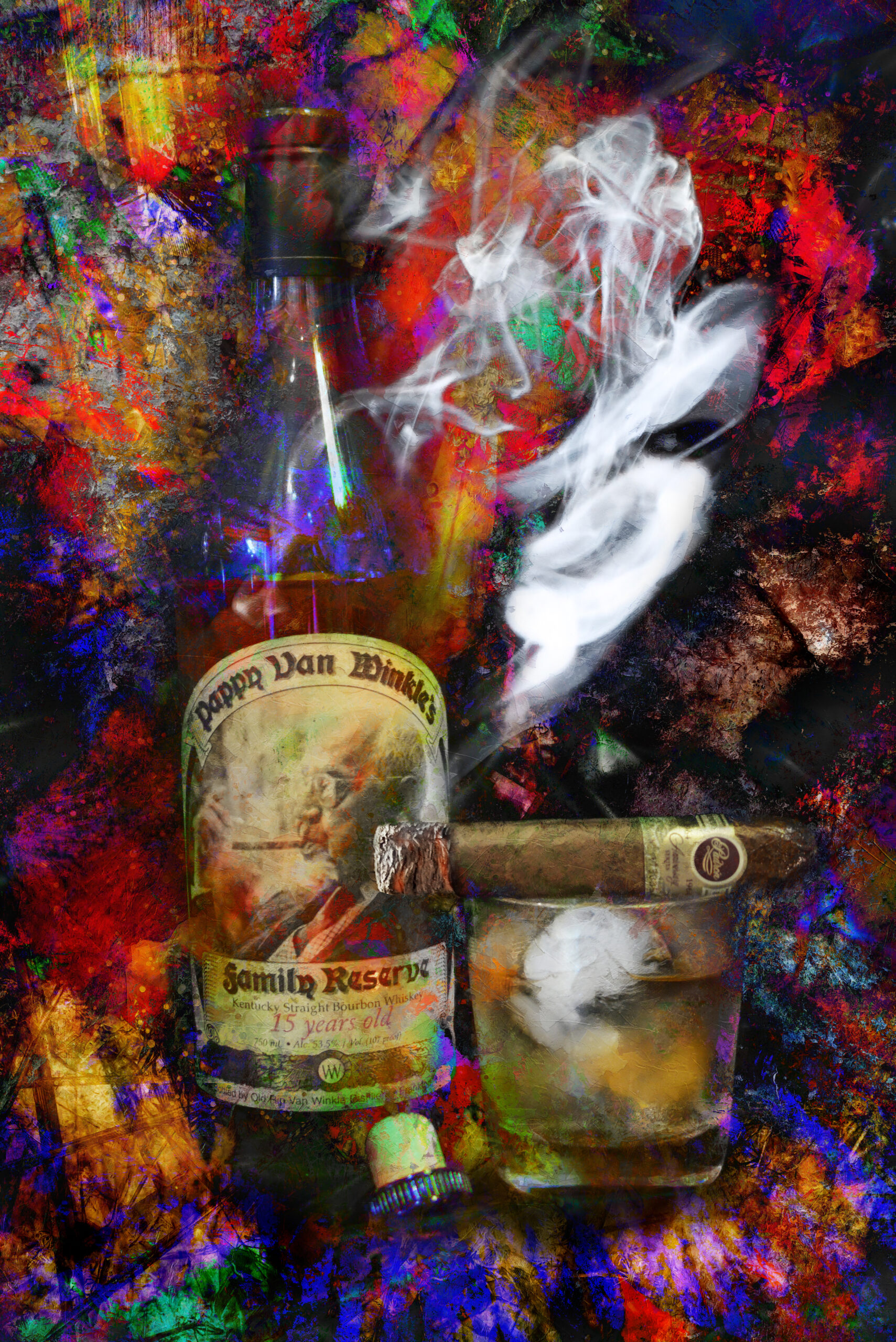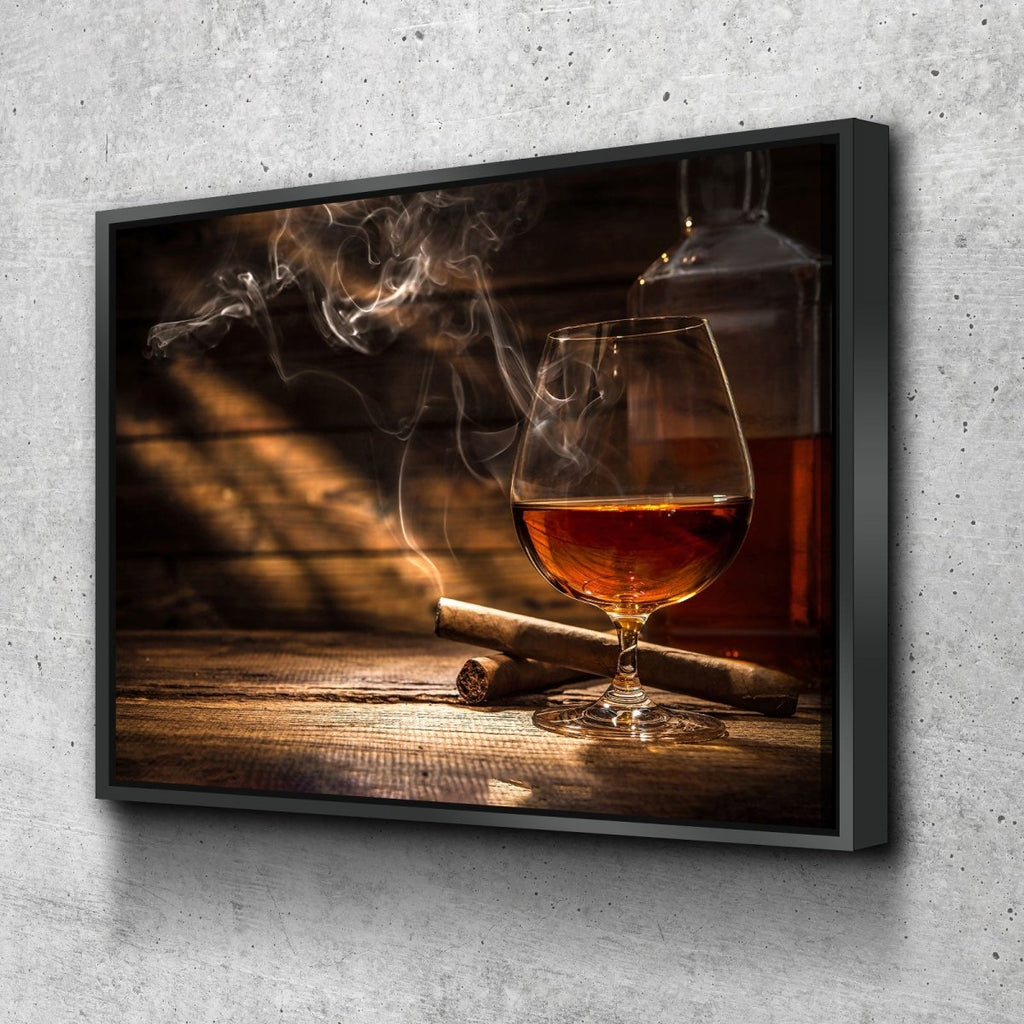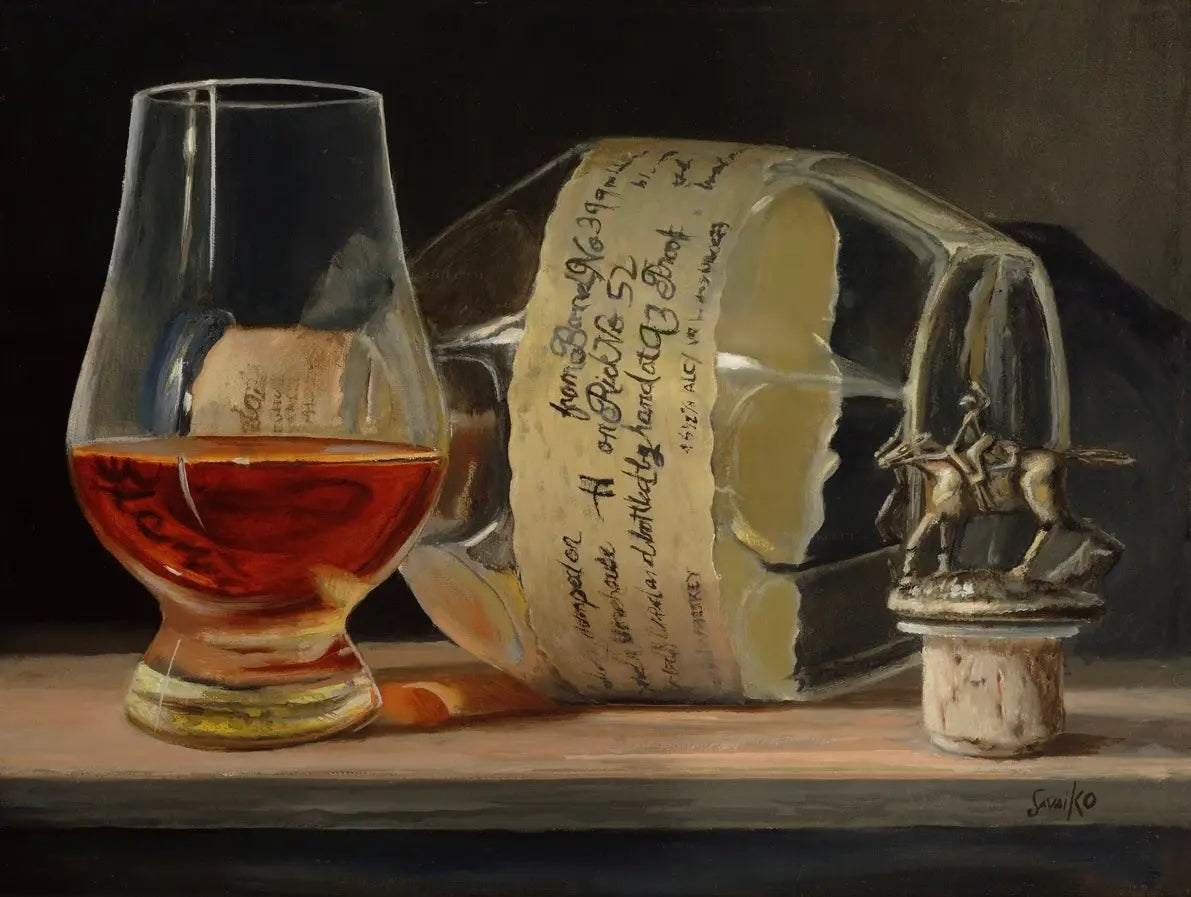The Attraction of Realism Art: A Deep Dive into Whiskey's Rich Heritage
The Attraction of Realism Art: A Deep Dive into Whiskey's Rich Heritage
Blog Article
The Significance of Whiskey Art in Celebrating Heritage and Workmanship in the Beverage Industry
The complex partnership in between bourbon art and the celebration of heritage and workmanship within the beverage market can not be overstated. Via attentively developed tags and bottles, whiskey brands envelop their historical roots and the artisanal skills that specify their production methods. This artistic dimension not just improves market charm however likewise works as a channel for social narration, fostering a much deeper link in between the craft and the customer. As we check out the numerous facets of this subject, appealing inquiries about the effect of contemporary fads on typical practices occur, triggering additional examination.
The Historical Origins of Whiskey
At the heart of bourbon's attraction exists a rich tapestry of historic roots that trace back to ancient human beings. The beginnings of bourbon can be linked to the distillation techniques of the Sumerians and Babylonians around 2000 BCE, where very early types of fermented grain beverages started to emerge. It was in the Center Ages that the art of distillation evolved significantly, specifically in Ireland and Scotland, leading to the production of scotch as we understand it today.
The term "whiskey" itself originates from the Gaelic word "uisce beatha," meaning "water of life." This phrase underscores the cultural relevance of scotch in Celtic societies, where it was commonly associated with routines, events, and common bonding. By the 15th century, purification came to be a recognized craft within reclusive neighborhoods, leading the method for the facility of legal distilleries.
As profession routes increased, whiskey's popularity grew, going beyond regional boundaries and capturing the passion of aficionados worldwide. Bourbon Art. This historical trip reflects not only the craftsmanship behind bourbon manufacturing yet likewise its integral role in cultural and social contexts, noting it as a significant drink throughout background
Artistic Expression in Branding
Scotch branding stands as an engaging intersection of artistry and commerce, where aesthetic identification plays a critical function fit consumer perception. The looks of bourbon labels, product packaging, and advertising and marketing materials show not only the brand's tale yet additionally its core values and heritage. Via imaginative expression, distilleries communicate a narrative that resonates with customers, stimulating feelings and stimulating links.
Making use of color, typography, and images in branding offers to separate items in a saturated market. Conventional motifs may stimulate a feeling of authenticity and workmanship, while contemporary designs can signify innovation and forward-thinking. This strategic artistic direction boosts brand name acknowledgment and loyalty, permitting consumers to create a personal connection with the bourbon they pick.
Moreover, imaginative expression in branding usually functions as a party of local heritage. Distilleries frequently incorporate local symbols or historical references into their layouts, producing a local color that welcomes customers to take part in a more comprehensive cultural experience. Inevitably, the creativity behind scotch branding not only improves aesthetic allure however additionally improves the overall narrative of the brand name, fostering a deeper appreciation for the workmanship and heritage embedded in each bottle.
Craftsmanship in Container Design
The artistry evident in whiskey branding prolongs beyond visual identity to encompass the craftsmanship associated with bottle layout. Each container works as a vessel not simply for the spirit within, yet also for the tale it outlines its practice, beginning, and top quality. The style procedure requires thorough interest to information, as components such as form, product, and closure add substantially to the general understanding of the whiskey.
Workmanship in container layout entails picking top quality glass that can enhance the scotch's color and quality, while likewise providing a responsive experience for the customer. The silhouette of the bottle should be both practical and cosmetically attractive, frequently reflecting the heritage of the brand name. Numerous distilleries choose for special forms or printed logos that stimulate a feeling of credibility and background.
In addition, the label layout and typography play an important duty in communicating the brand's narrative. Limited Edition. A well-crafted container not just captivates the consumer's eye yet additionally enhances the brand name's commitment to top quality and tradition. This way, the craftsmanship of bottle design becomes an important element of the bourbon experience, merging creativity with an extensive respect for heritage
Cultural Importance of Whiskey Art
Commemorating practice and workmanship, the cultural value click this of whiskey art see this page transcends mere looks, linking with the social and historical stories of the regions where it stems. Each container functions as a canvas, illustrating the unique stories, mythology, and traditions that have shaped local whiskey-making techniques. The complex styles typically mirror the heritage of the distillers, including symbols and themes that resonate with the society and worths of their areas.

Additionally, whiskey art plays a vital duty in communal celebrations and parties, serving as a concrete link in between individuals and their shared experiences. By appreciating the creativity in whiskey packaging, customers grow a much deeper understanding and regard for the craft, inevitably enriching their satisfaction of the drink itself.
Modern Trends in Whiskey Discussion
In current years, the presentation of scotch has actually evolved to mirror modern tastes and trends while still recognizing traditional workmanship - Realism Art. Distilleries are significantly concentrating on aesthetic aspects that improve the general drinking experience, linking the gap in between heritage and modernity
Cutting-edge container designs have actually arised, often including lasting materials and artistic labels that inform engaging tales. Numerous brand names now collaborate with local musicians, instilling their items with distinct aesthetic expressions that resonate with consumers. Furthermore, limited-edition releases are typically packaged in collectible containers, adding value and allure for aficionados.

Final Thought
To conclude, whiskey art serves as an essential avenue for expressing the heritage and workmanship fundamental in the drink industry. With elaborate branding, innovative bottle designs, and culturally considerable artistic aspects, scotch brand names successfully recognize their customs and attach with consumers. This imaginative story not just boosts the recognition of scotch but additionally strengthens area identity and Look At This satisfaction amongst manufacturers. Eventually, scotch art plays a necessary duty in preserving and celebrating the rich social tapestry of whiskey-making.


Craftsmanship in container design includes selecting top notch glass that can boost the whiskey's shade and quality, while also giving a tactile experience for the customer. In this means, the craftsmanship of bottle layout comes to be an important element of the scotch experience, merging virtuosity with an extensive regard for heritage.
In conclusion, scotch art offers as an essential conduit for revealing the heritage and workmanship integral in the drink industry.
Report this page